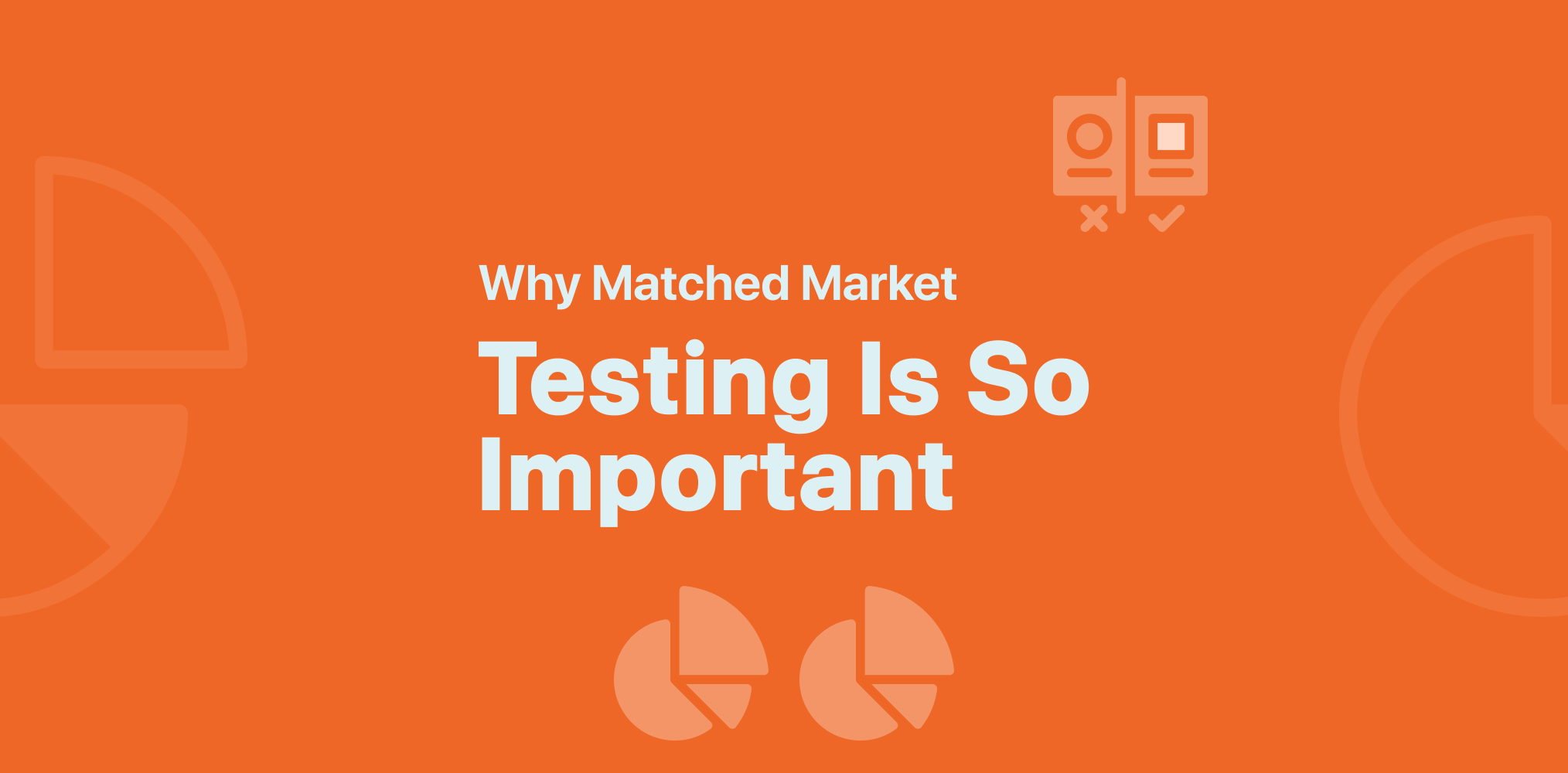
Matched market testing is a type of marketing experiment used to measure the incremental impact of a campaign by comparing the performance of two or more similar geographic regions. One region (the test market) is exposed to the campaign, while the other region (the control market) is not. By analyzing the differences in outcomes between these matched markets, marketers can determine the additional value generated by the campaign—often referred to as incremental lift.
Matched market testing is a powerful tool for assessing the effectiveness of marketing efforts in a real-world setting. It’s commonly used for regional campaigns, product launches, or to evaluate the impact of promotions and advertisements in specific areas. By comparing markets with similar characteristics, brands can gain a clear understanding of their campaign’s true impact and adjust their strategies accordingly.
At ShopAgency, matched market testing is an integral part of our unified measurement approach. When combined with other methods such as Marketing Mix Modeling (MMM) and Multi-Touch Attribution (MTA), matched market testing provides a holistic view of campaign performance, helping brands make more informed, data-driven decisions.

Why matched market testing is important
-
Measure real-world campaign impact
Matched market testing allows marketers to see how a campaign performs in a real-world environment. By comparing two regions that are alike in terms of demographics and other characteristics, you can determine whether your marketing is truly driving incremental sales, conversions, or engagement. -
Reduce bias and improve accuracy
Matched market testing helps reduce bias by ensuring that the test and control markets are similar in nature, making the comparison more reliable. This ensures that any differences in performance can be attributed to the campaign, rather than external factors. -
Optimize regional campaigns
For brands running campaigns across multiple regions, matched market testing helps identify which areas respond best to your marketing efforts. This allows you to allocate resources more efficiently and optimize your budget for the regions that drive the most incremental value. -
Validate marketing strategies
Matched market testing provides a reliable method for validating your marketing strategies. By understanding which tactics work best in specific regions, you can refine your approach and ensure that your campaigns are driving real growth.
How matched market testing works
Matched market testing involves selecting two or more regions that are similar in demographics, behavior, and size. Here’s how the process works:
-
Selecting test and control markets
The first step in matched market testing is selecting the test and control markets. The test market is where your campaign will be active, and the control market is a similar region that will not be exposed to the campaign. -
Running the campaign in the test market
Once the markets are selected, the campaign is launched in the test market. Throughout the campaign, we track key performance metrics, such as sales, conversions, and engagement, in both the test and control markets. -
Comparing results across markets
After the campaign has run for a sufficient period, we compare the results between the test market (where the campaign was active) and the control market (where no campaign was running). This comparison allows us to measure the incremental lift generated by the campaign in the test market. We handle different workflows for it to do this effectively. -
Analyzing incremental lift
We look at metrics such as incremental ROAS (iROAS), incremental Cost Per Order (iCPO), and other key performance indicators to understand how much additional value your campaign has generated.

